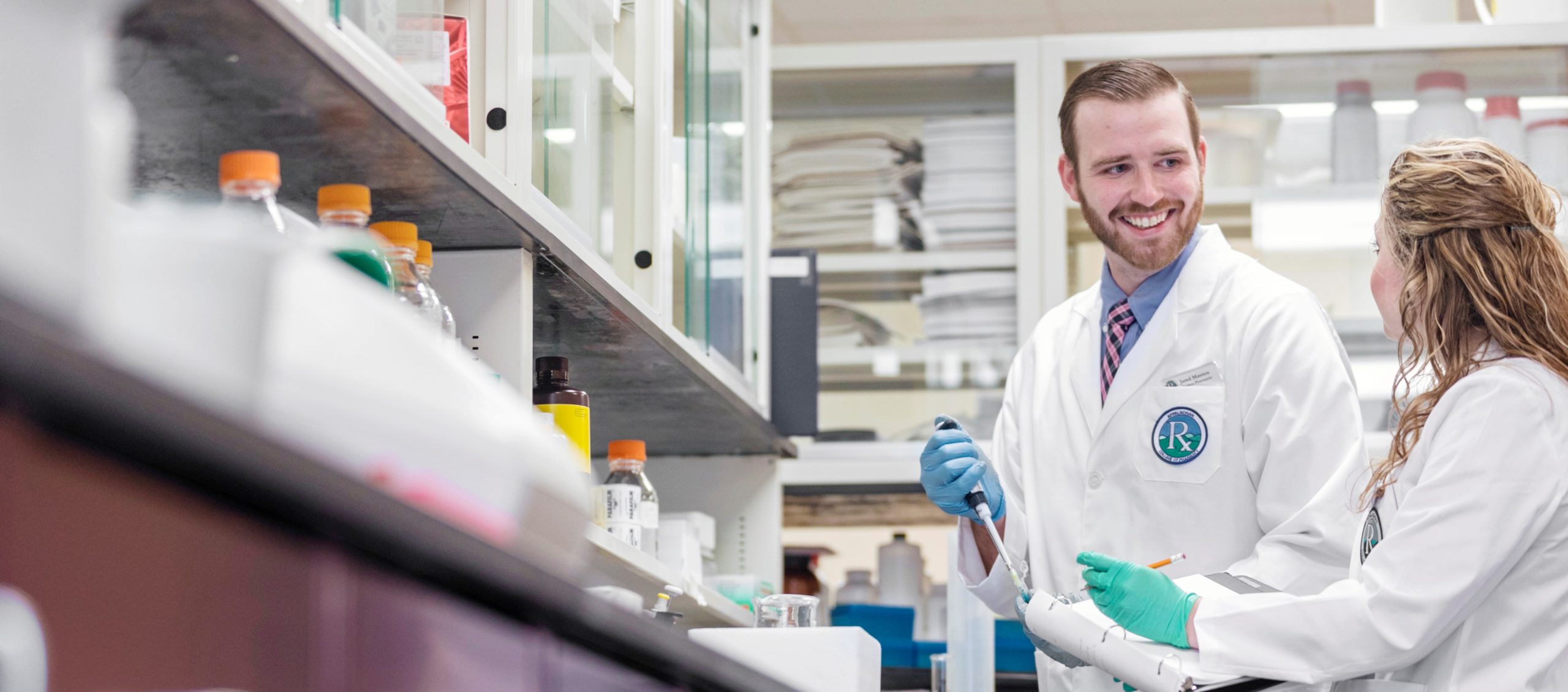
I may see a passage on Hashimoto’s and think, “Oh, I’ve seen that before!” But when I’m forced to differentiate between Hashimoto’s and subacute granulomatous thyroiditis I fall flat. This disconnect between what we can recognize, and what we can use is enormous. Have you ever read/listened to something passively, and thought, “Wow, I understand this!” Then, in a QBank question, you failed to apply it to the vignette? Second, passive Reading Helps Us Recognize (But Not Use) Knowledge It is not conducive for having an integrated understanding of the material. However, the essence of First Aid is the same: condensed facts you need to know for the exam. Their explanations have improved over the years. However, if your fundamentals are weak, First Aid isn’t the solution. If you know antiarrhythmics well already, First Aid will help refresh your memory.

Why? Because unless you know the material well first, First Aid won’t teach you. However, I don’t like the “First Aid-First” approach for two reasons: First, without a Strong Foundation, Reading First Aid = Waste of TimeĮver heard the advice, “just read First Aid”? It’s horrible advice.

In other words, they will learn the cardiology section in First Aid, then do cardiology questions from their QBank.įirst Aid before UWorld seems logical many students follow it. Then, they use UWorld to “test themselves” on the material. (To read Beyond UFAP: Why a List of Resources Isn’t a Good Step 1 Strategy, click here).


 0 kommentar(er)
0 kommentar(er)
